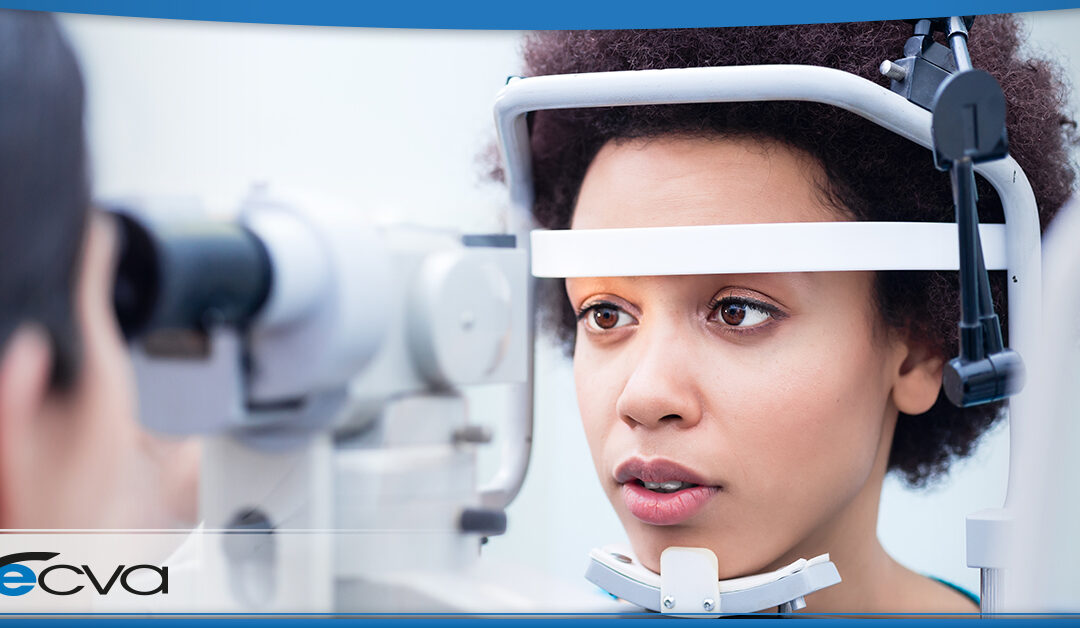
by ecvaeyeadminz | Nov 19, 2021 | Cataracts
Cataracts are a buildup of material in the eye that leads to lens clouding, altering a person’s vision. However, not all cataracts are the same. In fact, there are multiple kinds of cataracts, each with a unique cause, appearance, and impact. If you’d like to know...

by ecvaeyeadminz | Nov 5, 2021 | Eye Health
If you have diabetes, you have a greater risk of developing certain eye diseases. By understanding what may occur, you can watch out for the signs and symptoms of the conditions. That way, you can seek prompt treatment, potentially preserving your vision. Here’s...




